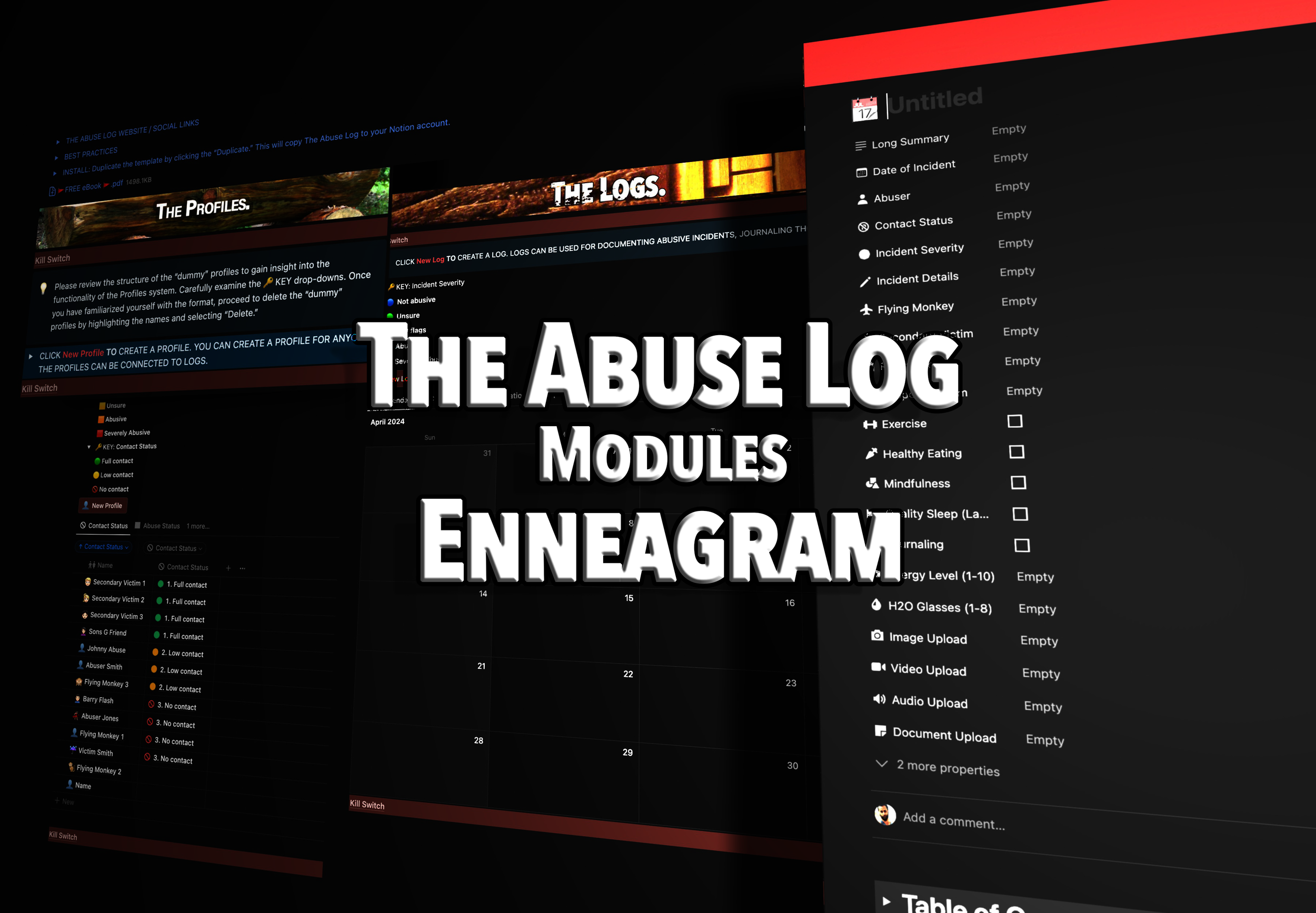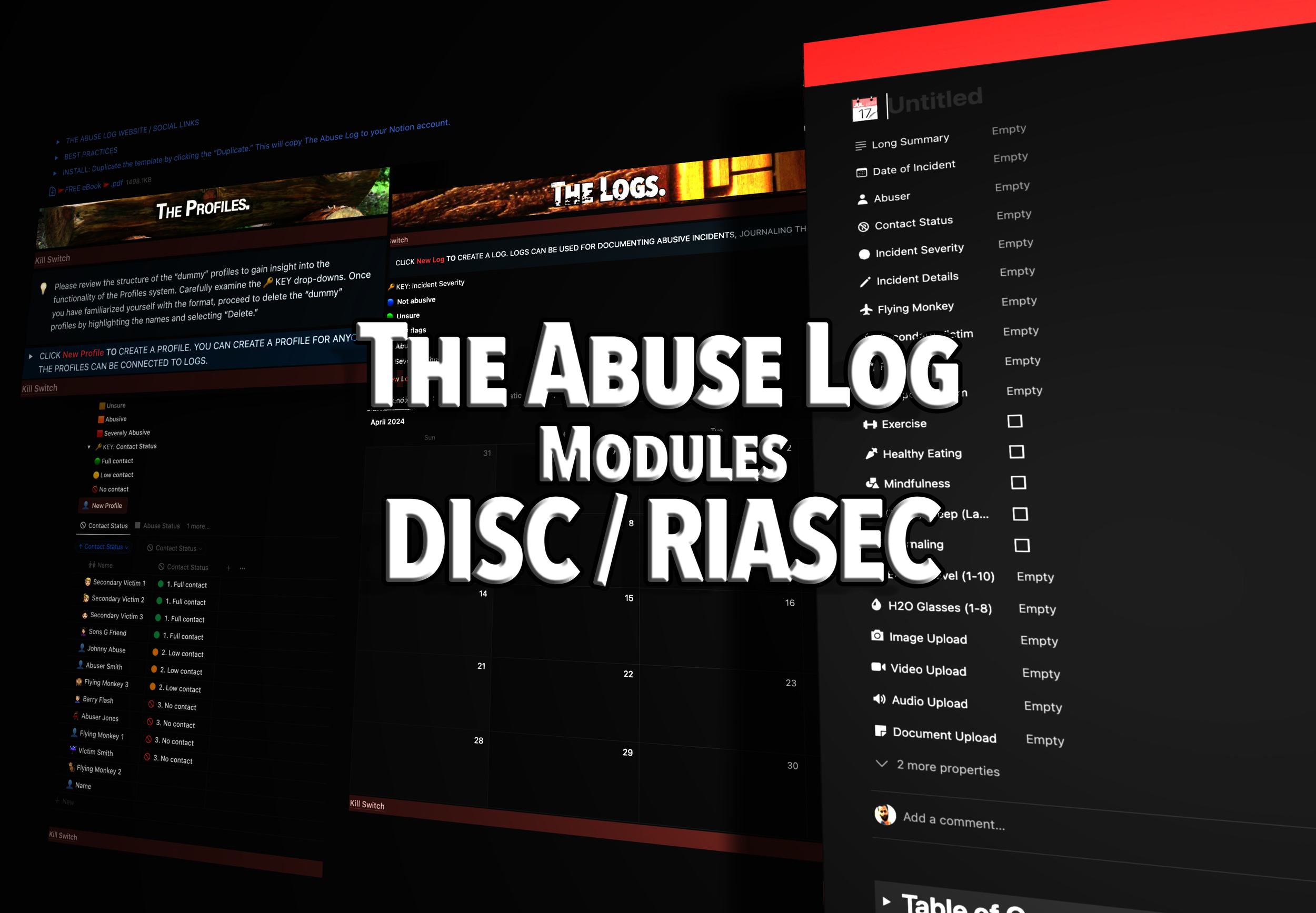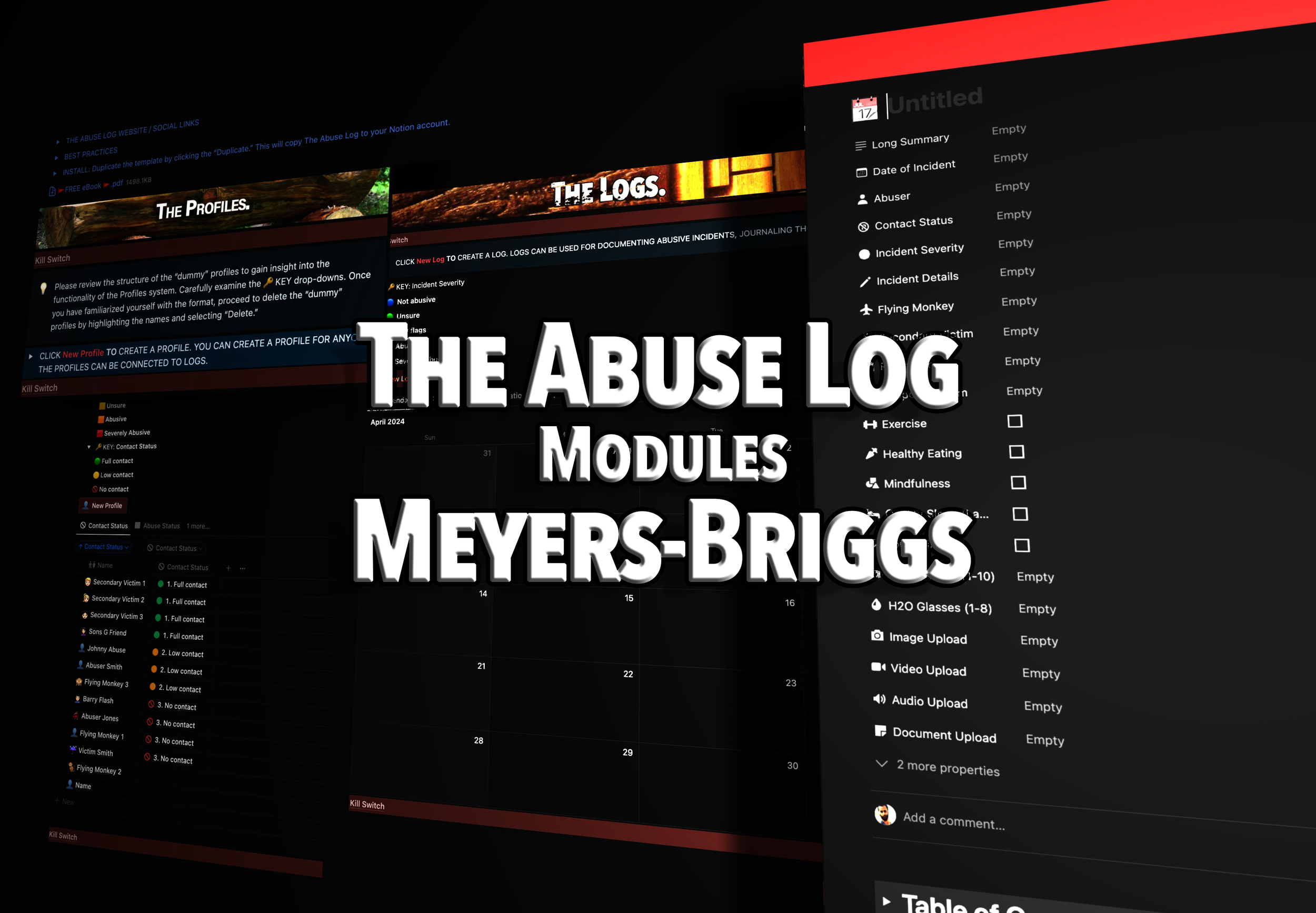Part 1: How Narcissists Isolate Their Victims
The fear of being cast into the "exterior darkness"—a space of isolation, abandonment, and rejection—resonates deeply with the human psyche. It is a primal fear rooted in our innate need for connection and belonging. Narcissists, masters of manipulation, have an uncanny ability to exploit this fear in their victims to maintain control, dominance, and a steady supply of validation. By weaponizing tactics like smear campaigns, triangulation, isolation, shame, and information manipulation, narcissists ensure that their victims remain entrapped in a web of fear and dependence.
1. Smear Campaigns: Eroding Reputation and Trust
Smear campaigns are one of the most insidious tools narcissists use to instill the fear of social isolation. By spreading lies, half-truths, and carefully crafted narratives, they create a distorted image of their victim, portraying them as untrustworthy, unstable, or unworthy of support. The narcissist often starts this campaign subtly, sharing "concerns" about the victim with mutual acquaintances, co-workers, or even family members.
Over time, these narratives snowball, and the victim finds themselves increasingly ostracized. As relationships deteriorate and allies fall away, the victim becomes isolated, doubting their ability to defend themselves against the mounting falsehoods. This creates an unbearable fear of social exclusion and rejection, which the narcissist uses to further their control. The victim, desperate to salvage their reputation or avoid complete ostracization, may bend to the narcissist’s will, giving up autonomy in exchange for perceived safety.

2. Triangulation: Turning Connections Into Weapons
Triangulation is a tactic in which narcissists manipulate relationships to create competition, jealousy, and dependency. By inserting a third party into their dynamic with the victim—whether it’s a friend, family member, or even a fictional entity—they foster a sense of insecurity and alienation.
For example, the narcissist might praise a third party excessively while criticizing the victim, creating a fear of being replaced or deemed unworthy. Alternatively, they might pit two people against each other, leaving the victim scrambling to regain favor and fearing rejection.
This constant triangulation leaves the victim feeling like an outsider even in their closest relationships. The fear of being cast aside pushes them into a cycle of proving their worth to the narcissist, often at great personal cost.
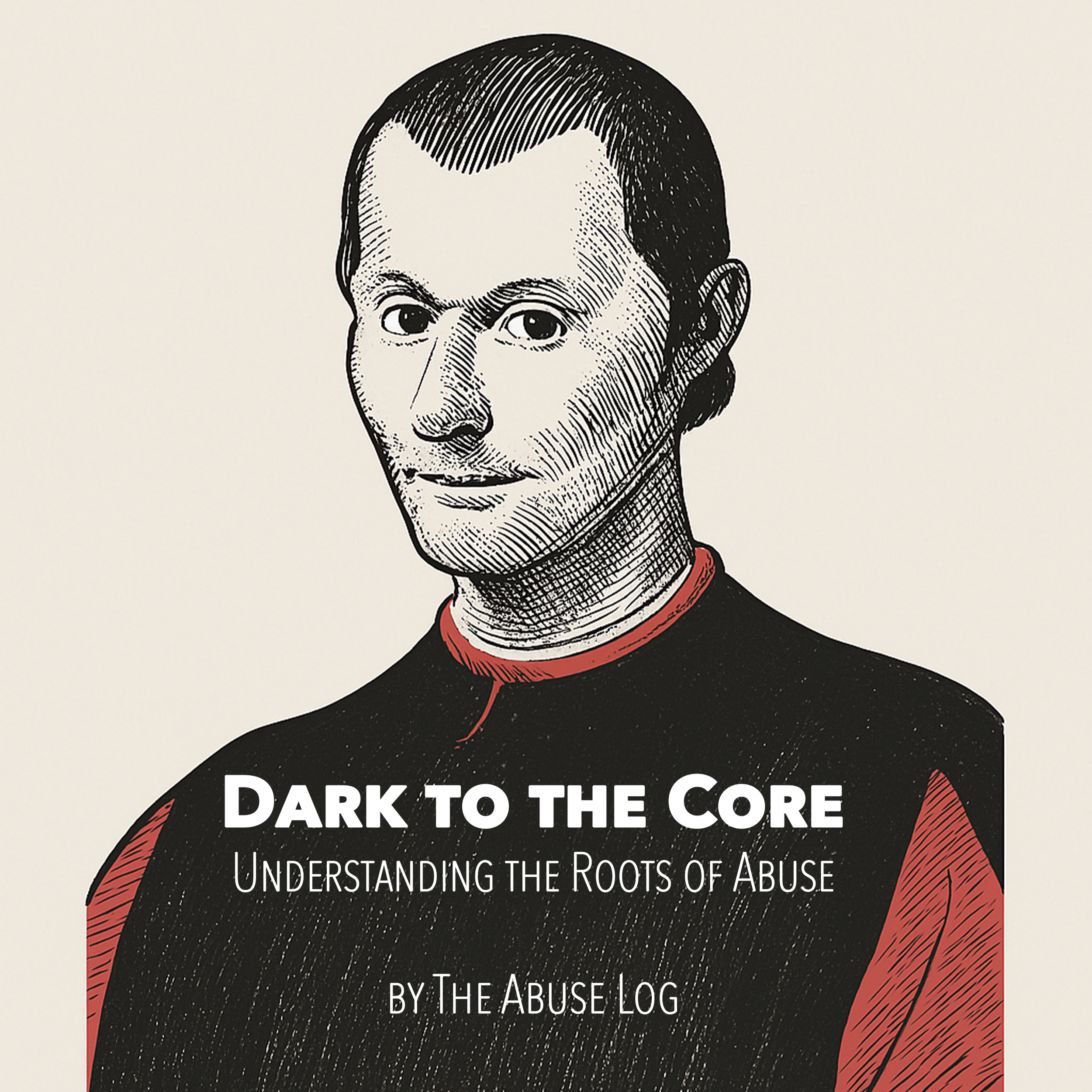
3. Isolation: Cutting Off Lifelines
Narcissists understand that isolation is one of the most effective ways to instill fear and maintain control. By cutting off their victim from friends, family, and support networks, they leave them with no one to turn to. This isolation can be achieved through overt tactics, such as forbidding contact with certain individuals, or more covert methods, like sowing discord between the victim and their loved ones.
The victim, left without external perspectives or emotional support, becomes increasingly reliant on the narcissist. Over time, the victim’s world shrinks, and the narcissist becomes the sole arbiter of their reality. The fear of losing even this connection keeps the victim trapped, unable to imagine a life beyond the confines of the narcissist’s influence.

4. Shame: Weaponizing Vulnerabilities
Shame is a powerful tool in the narcissist’s arsenal. They excel at identifying their victim’s insecurities and vulnerabilities, which they then weaponize to instill self-doubt and fear. By highlighting and exaggerating these perceived flaws, the narcissist convinces the victim that they are fundamentally unworthy of love, respect, or belonging.
This constant shaming erodes the victim’s self-esteem, making them feel that the "exterior darkness" of rejection and isolation is not just a possibility but an inevitability if they lose the narcissist’s approval. The victim internalizes this belief, becoming increasingly dependent on the narcissist for validation and a sense of worth.
5. Information Weaponization: Twisting Reality
Narcissists excel at manipulating information to confuse, disorient, and maintain control over their victims. They may withhold vital details, selectively share information, distort facts, or outright fabricate lies to construct a false narrative. This tactic, often termed gaslighting, is designed to erode the victim’s trust in their own perceptions and judgment.
By meticulously controlling the flow of information, narcissists create an environment of uncertainty and self-doubt. Victims are left questioning their ability to interpret reality accurately, fostering a dependency on the narcissist for clarity and guidance. This dynamic ensures the narcissist's dominance, as the victim becomes paralyzed by the fear of making mistakes or facing unforeseen consequences. The narcissist positions themselves as both the source of the victim's confusion and their only perceived safeguard, solidifying a cycle of compliance and reliance.
Conclusion
Narcissists thrive on power and control, and their ability to manipulate the fear of the "exterior darkness" is a cornerstone of their strategy. Through smear campaigns, triangulation, isolation, shame, and information weaponization, they create a reality in which the victim feels perpetually on the brink of rejection and abandonment. This fear becomes the cage that keeps the victim trapped, silenced, and subservient.
Understanding how these tactics work is the first step toward breaking free from their grip. In Part 2, we’ll explore why narcissists employ these strategies, delving into the psychological needs and motivations that drive their behavior.


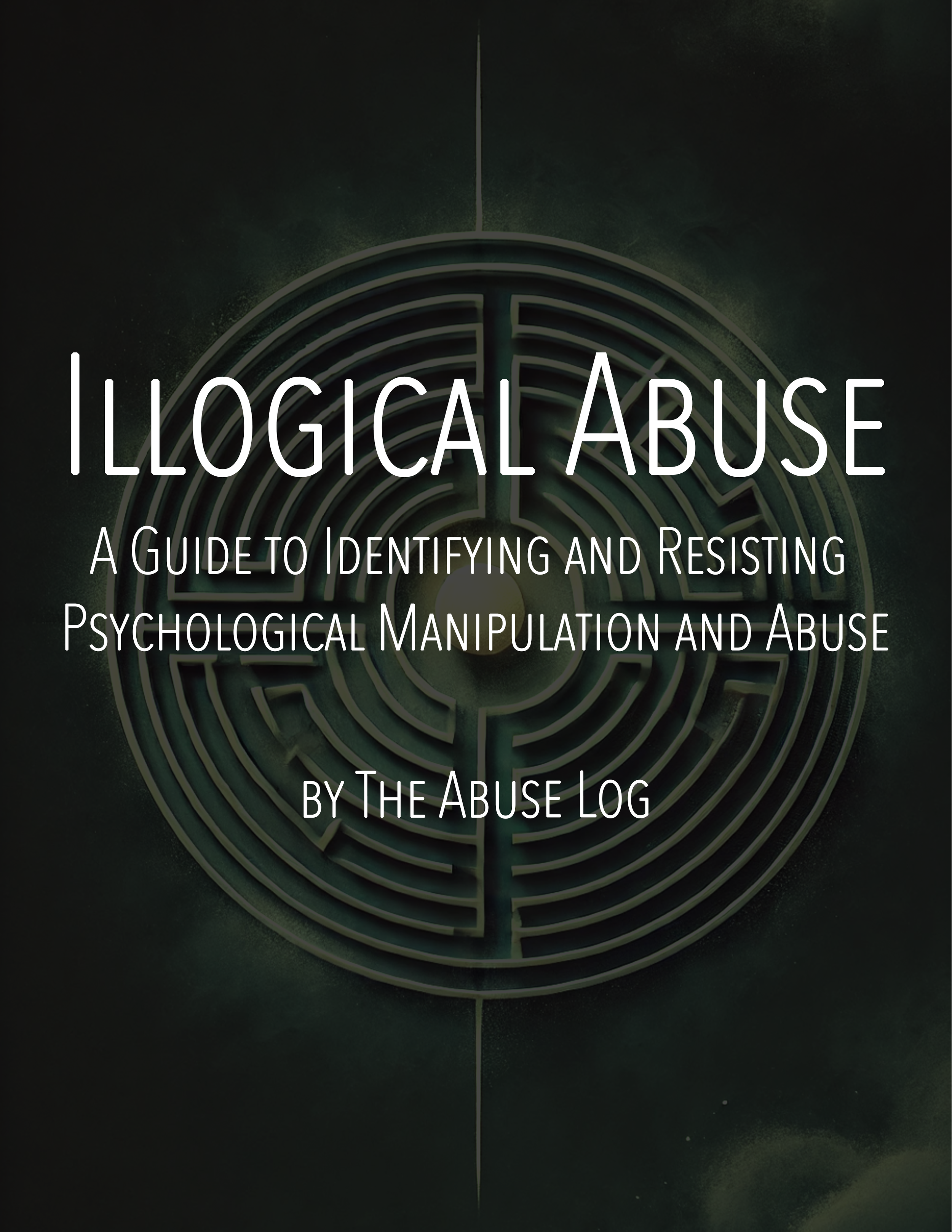

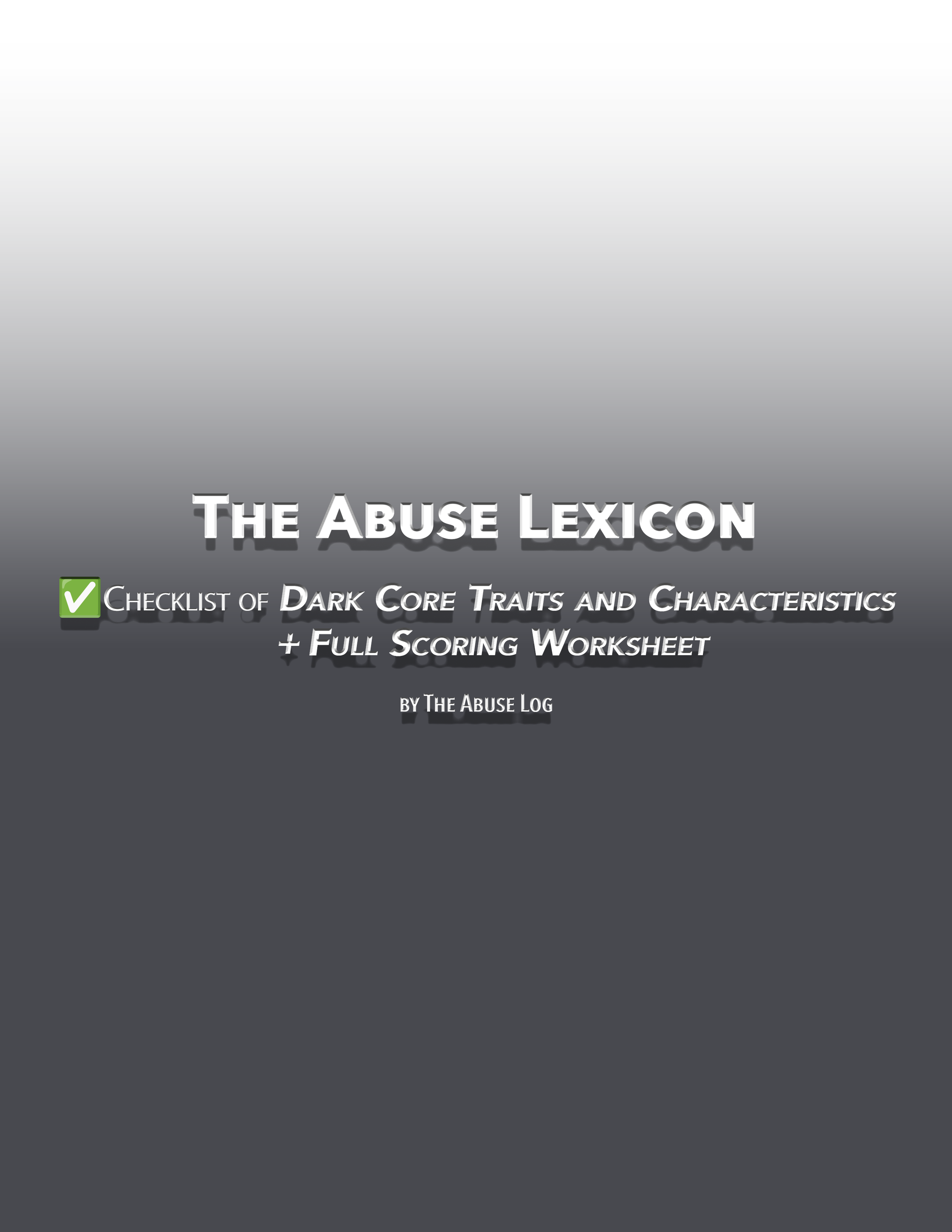


![The Abuse Log Notion Template [Basic]](https://images.squarespace-cdn.com/content/v1/65b9553c448d7e5b0ec1dfcd/4c83e581-b720-4cbe-83b1-2d72e7a9ac8a/Logo+Gumroad-Basic.png)
![The Abuse Log Notion Template [Advanced]](https://images.squarespace-cdn.com/content/v1/65b9553c448d7e5b0ec1dfcd/c3bb150a-a911-4f91-a23e-3621b98a2d55/Logo+GumroadAdvanced.png)
![The Abuse Log Notion Template [Professional]](https://images.squarespace-cdn.com/content/v1/65b9553c448d7e5b0ec1dfcd/7fa18cea-edf4-4325-8234-13f3527579c2/Logo+GumroadProfessional.png)






